Upgraded 2025 Ultrasonic Repellent for Bugs, Mice, Roaches and Spiders (6-Pack)
$27.38
Take back your rooms with the Upgraded Ultrasonic Repellent 6 Packs (2025). These plug in units sweep high-frequency sound that people and most pets cannot hear, giving you a clean, low-effort layer against mice and common crawling pests while you tidy food sources and seal gaps. In the U.S., quality devices carry an EPA Establishment Number on the label so you know where they were made and that marketing claims must stay honest.
Description
If pests are stealing your peace at home, this Upgraded 2025 Ultrasonic Repellent for Bugs, Mice, Roaches and Spiders (6-Pack) gives you a calm, chemical-free starting point. It is a plug in ultrasonic pest repeller that fits everyday outlets and helps you cover multiple rooms at once, so you can focus on living rather than swatting and trapping. These devices are considered “pesticidal devices,” which are regulated differently from registered pesticides, and any effectiveness claims should be backed by evidence, so you will see me set realistic expectations and show you how to use them as part of an integrated plan for best results.
I have installed and tested many ultrasonic pest repellers for clients, and here is the honest bottom line. Ultrasonic repellers can contribute to a reduction in activity when placed and used correctly, especially alongside sanitation and exclusion steps, although the scientific record is mixed and overblown promises have drawn warnings from regulators in the past. You deserve transparency, so I will explain how they work, where they help, and where traps or targeted treatments still make sense.
Key Customer Benefits
- A calmer, chemical-free starting point for control. Because ultrasonic pest repellers are regulated as pesticidal devices rather than registered chemical pesticides, they are often used by families who want to start with a non-spray option while they improve sanitation and seal entry gaps. Labels must include an EPA Establishment Number and avoid false or misleading claims, which helps you evaluate products more confidently.
- Six plugs let you cover the “whole route” pests travel. Roaches, mice, and ants move room to room seeking food and harborage. A 6-pack lets you place units along those pathways: kitchen, pantry, laundry, garage, and bedrooms, so there are fewer quiet corners for pests to settle. Used this way, devices are a complement to an integrated pest management setup rather than a lone silver bullet. Regulators and extension services have emphasized that stand-alone claims are often overstated, so pairing placement with exclusion and cleanup is the realistic, proven approach.
- Designed to target what rodents can hear, not you. Most people cannot hear ultrasound above 20 kilohertz, while small rodents communicate in ultrasonic ranges far higher. That is why ultrasonic outputs are marketed for mice and rats, and why proper placement matters more than cranking volume. You should not expect audible “noise” in normal use, yet the signal can still be perceived by rodents.
- Helps reduce activity peaks when habits change. Field and lab literature shows mixed results: some studies report little to no long-term repellency due to habituation, while others note short-term aversion that can help during clean-outs or when you have just sealed food sources. Framed correctly, these devices buy you breathing room while traps and hygiene steps do the heavy lifting. I set this expectation upfront so you are not disappointed by exaggerated promises.
- Lower risk around kids and most pets when used as directed. There is no pesticide residue to store or spray, and labels for devices are governed against misleading safety claims. Still, common-sense cautions apply: do not use around pet rodents, place away from infants’ ears, and follow the manual for outlet height and clear line of sight.
- Fits an honest, step-by-step plan instead of hype. The Federal Trade Commission has repeatedly acted against unsupported claims about ultrasonic devices. That history is actually useful to you today: it nudges reputable sellers toward more balanced instructions and evidence. You get a tool that can be part of a trustworthy, multi-step plan rather than a miracle gadget.
Product Description
What this Ultrasonic Repellent is
This Upgraded Ultrasonic Repellent 6 Packs, 2025 Indoor Ultrasonic Repeller is a set of plug in devices that emit high-frequency sound meant to be uncomfortable to common household pests. In the United States, tools like this are considered pesticidal devices, not chemical pesticides. That matters for you because the rules are different.
A compliant device carries an EPA Establishment Number on the label that tells you where it was made, and the maker must avoid false or misleading claims. There is no EPA Registration Number, since the EPA does not pre-approve efficacy the way it does for chemical pesticides. Knowing this helps you shop with eyes open and judge products on honest instructions and your own results.
How ultrasonic repellers work
Think of each unit as a tiny speaker that outputs sound at frequencies above what most people can hear. Many rodents communicate and respond to sounds in the ultrasonic range. Mice and rats produce social calls roughly 20 to over 100 kilohertz, and some calls create clear emotional or alerting responses in lab settings. That is the biological reason manufacturers target this band.
When you plug the device into an open outlet, it floods the nearby open air with these high-frequency pulses. The goal is not to “drive out” a heavy infestation overnight. The realistic goal is to make certain open spaces less comfortable so you can combine the effect with sanitation, sealing, and trapping.
Ultrasound travels poorly through obstacles. It reflects and attenuates on hard surfaces, and it does not pass through walls or heavy furniture. That creates shadow zones where pests can sit comfortably unless you plan placement room by room. This is one reason multi-pack coverage helps more than a single unit hidden behind a fridge.
What makes this approach effective when used well
Success with ultrasonic devices comes from how you use them and what you expect from them. University extension reviews and regulator actions show a consistent pattern. Short-term avoidance is possible for some pests, however habituation can happen and claims that promise elimination across all insects and rodents are not supported.
For example, an Arizona Cooperative Extension review highlights mild aversion in rodents that fades once food is available. Similar reviews flag limited or inconsistent effects on mosquitoes and German cockroaches. That is why I position these units as part of a plan rather than a stand-alone cure.
Regulators have also pressured the market toward realism. The Federal Trade Commission has warned manufacturers and, in several cases, brought actions against sellers that claimed ultrasonics could “eliminate” rodents or serve as a full replacement for conventional control. The takeaway for you is simple. Look for balanced instructions, avoid miracle claims, and pair these devices with cleaning, sealing, and correct trap placement. That combination is what delivers results you can feel.
Why this 6-Pack format helps households and small businesses
In practice, I place one unit in the kitchen near but not behind appliances, one in the pantry, one at the garage entry, one in a laundry or utility area, and the rest in bedrooms or storage where activity is noticed. This “pathway coverage” mirrors how pests actually move between food, water, and harborage.
Since ultrasound does not pass through walls, more rooms covered means fewer quiet corners. Customers who follow this layout while they reduce clutter, store food in sealed bins, and set snap traps where droppings appear tend to report calmer nights and fewer surprise sightings within a couple of weeks, even though the devices alone would not have done that.
Use this 6-pack as a gentle, non-spray layer within integrated pest management. Check the label for an EPA Establishment Number, place units where air is open, and accept that ultrasound will not travel through walls. Expect reduced activity in open rooms when you pair placement with sealing gaps, dry storage, and targeted trapping. Expect mixed results if you only plug them in and change nothing. These points align with what regulators require and what independent reviews continue to report.
Product Specifications
| Spec | What to know |
|---|---|
| Output frequency | Commonly varies within roughly 20 to 60 kilohertz, sometimes up to ~62 kilohertz depending on model |
| Sound pressure (at source) | Often listed around up to 100 dB peak at the transducer (device face) |
| Effective coverage | One room per unit. Ultrasound does not pass through walls or furniture |
| Power and plug | Indoor use, 110-V AC wall outlet in US models; use only the voltage shown on your label |
| Form factor | Direct-plug or corded unit with a front-facing ultrasonic transducer and status/night light |
| Indicator light | On = operating; some models double as a low night light |
| Expected service life | Frequently 3 to 5 years for quality units |
| Recommended placement | Open line-of-sight, lower outlet or along walls; avoid curtains, sofas, large appliances |
| Pet and family safety | Generally inaudible to people. Do not use around pet rodents (hamsters, gerbils, guinea pigs, rabbits, ferrets) |
| Labeling and compliance | Look for an EPA Establishment Number on the label or manual; no EPA Registration Number for devices |
How to Use and Install the 2025 Ultrasonic Repellent
Start with a quick “IPM reset” before you plug anything in
Ultrasonic repellers work best when you stack them with simple Integrated Pest Management habits. Do a 30-minute tidy in the kitchen and pantry, wipe grease lines under the stove, and move dry foods into hard-lidded containers.
Walk the perimeter and seal pencil-sized gaps at pipe penetrations and baseboards. This is not busywork, it removes the rewards that keep rodents and roaches returning, and it sets the stage for ultrasound to make open rooms less comfortable. University extension reviews and EPA consumer guidance both stress that devices are tools within a larger plan, not stand-alone cures.
Confirm compliance on the label
Look on the device or manual for an EPA Establishment Number. That number identifies the factory that produced the device. You will not see an EPA Registration Number, because the agency does not pre-approve efficacy for devices the way it does for chemical pesticides. This quick label check helps you avoid non-compliant imports and sets expectations correctly from day one.
Place each unit like light
Think of ultrasound as a beam that behaves more like light than like music. It reflects off hard surfaces, it is absorbed by soft furnishings, and it does not travel through walls or around corners. That is why one unit covers one room, and why an open line of sight matters more than “volume.” Reputable manufacturer guidance says to use one device per affected room and to avoid hiding units behind sofas, curtains, or refrigerators. If you see listings that claim whole-house coverage from a single plug, be skeptical.
Room placement pattern that works: in kitchens, choose an outlet that “looks” across open floor to baseboards rather than tucking the device behind the trash can. In bedrooms or living rooms, place along a wall that faces typical runways, for example near a closet or hall junction. In utility rooms, aim across the open area, not into a washer or water heater. These tips follow the same physics in the FAQs and installation sheets for leading brands.
Garage and warehouse tips
Large hard rooms can feel ideal for ultrasound, yet they introduce “shadow zones” behind stacked boxes, pallet racking, and vehicles. Use at least one unit per distinct bay or aisle, and give the front of each device clear sight over open floor. Corded “pro” models help when outlets sit high or far from runways, since you can aim the transducer into the space rather than into shelving. Manufacturer placement guidance for garages, basements, and warehouses aligns with this approach.
What to expect in the first two weeks
Most customers who combine sanitation, sealing, and correct placement notice calmer nights and fewer open-room sightings within the first couple of weeks. Some public articles describe “plug in and wait two weeks for a change,” which matches how people experience a cleanout phase, although scientific reviews caution that results vary and habituation can occur when food remains available. Use this window to set snap traps in safe, concealed positions along walls in utility areas or garages. That gives you tangible reductions while the devices discourage new exploration of open rooms.
Safety notes that pros actually follow
The ultrasound band targets rodent hearing, not people. You, your children, dogs, cats, birds, and fish typically will not hear it. Do not use these devices in homes with pet rodents such as hamsters, guinea pigs, rats, mice, rabbits, or ferrets, since they can detect and be stressed by the output. Keep devices dry and indoors. These cautions come straight from manufacturer FAQs and are echoed in independent guidance.
Simple maintenance so performance does not taper
Dust the device face with a dry cloth every month, because lint can block the transducer. Check that the indicator light is on, since it doubles as a quick power check in many models. Expect a service life in the range you see on reputable brands, and replace units that have taken moisture or visible damage. These small habits keep the signal consistent in the room you are protecting.
What not to do, based on the physics and the paperwork
Do not stack every unit in the kitchen and leave bedrooms bare. Do not assume one outlet will cover multiple rooms through walls. Do not hide devices behind thick fabrics or large appliances, and do not skip the label check for an EPA Establishment Number. EPA has issued compliance advisories because many devices on the market ignore these requirements, and that history is a useful filter when you shop.
Frequently Asked Questions
Do ultrasonic pest repellers really work?
Short answer. Sometimes you will see a short drop in open-room activity, especially with mice, when you also clean up food sources and seal entry points. Long answer. University and government reviews consistently report mixed or limited results, and rodents can get used to the sound if food is still available. The Arizona Cooperative Extension summarizes lab findings this way: mild aversion in rats and mice that fades once they learn food is nearby, and no behavioral response in tested mosquitoes or German cockroaches. That is why I position these as one layer within integrated pest management, not a magic fix.
Why do many listings say “one unit covers a whole house,” yet others say “one room only”?
Because ultrasound behaves more like light than like music. It does not pass through walls or big furniture, so manufacturers that publish real instructions say one unit treats the room it is in and advise multiple units for multi-room coverage. Victor’s published FAQ is explicit: “The PestChaser can only cover the room in which it is installed” and the waves will not penetrate walls or furniture.
What frequency do quality ultrasonic rodent repellents use?
Most reputable models sweep through the ultrasonic band above human hearing. Victor documents a sweep of about 32 to 62 kilohertz, which is why people and most non-rodent pets do not hear it. If a listing claims effectiveness far below ultrasonic ranges, be skeptical.
Are these devices safe around kids, dogs, or cats?
Used as directed, they are generally considered safe for people and common pets and they do not leave pesticide residue. The big exception. Do not use them near pet rodents such as hamsters, guinea pigs, or pet mice and rats, because these animals can hear the output and may be stressed by it. Manufacturers state this in their FAQs.
My listing has an “EPA number.” Does that mean the EPA proved it works?
No. In the United States these are pesticidal devices, not registered pesticides. A compliant device shows an EPA Establishment Number that identifies the factory where it was made. Devices do not carry an EPA Registration Number, and the EPA does not pre-approve device efficacy the way it does for chemical pesticides.
Why are regulators so strict about marketing claims?
Because some sellers have overstated what ultrasonics can do. The U.S. Federal Trade Commission has warned and brought actions against companies that claimed their devices would eliminate pests or replace traditional control without evidence. That history is useful to you today. It explains why balanced instructions are a green flag and miracle claims are a red one.
Will an ultrasonic plug-in help with roaches and ants?
Evidence for German cockroaches and ants is weak. The Arizona review found no response from German cockroaches in controlled tests, and forum professionals regularly tell homeowners not to rely on ultrasonics for roaches or ants, recommending sanitation and targeted baits instead. Use these devices, if at all, as a background layer while you deploy baits and seal gaps.
I saw a YouTube clip that plays a “mouse repellent tone.” Can I just use a phone speaker?
No. Consumer phone or laptop speakers do not output stable ultrasound in the correct bands at the intensities used by purpose-built devices. Even on forums, the consensus is that while a gadget might emit ultrasonic sound, that does not mean it will repel pests. Buy a proper device if you want to experiment, and set realistic expectations.
How long until I notice a change?
In homes that pair these with cleanup and sealing, people often report calmer nights after a week or two. Scientific and pro guidance still warns about habituation if food remains, so use that window to place snap traps in safe, concealed spots and to close entry gaps. This matches both extension summaries and manufacturer advice to integrate methods.
What placement mistakes ruin performance?
Hiding the unit behind curtains or appliances, using a single plug for multiple rooms, or clustering all plugs in the kitchen while leaving bedrooms bare. Manufacturer FAQs emphasize open line of sight into the room and multiple units for multi-room spaces such as basements, garages, or warehouses.
Are there real-world experiences that say they help at all?
Yes, but they are inconsistent. On community forums you will find homeowners who say higher quality units helped as part of a broader plan and others who say traps next to repellers still caught mice that ignored the sound. This tracks with the scientific record: variable results and short-term aversion at best.
What is your pro recommendation if I am determined to try them?
Use a six-pack to cover the travel route: kitchen, pantry, utility, garage entry, and two rooms where activity is seen. Combine with food storage in sealed bins, baseboard traps, and gap sealing. Expect “assist” level results, not elimination. If you want predictable reductions, traps and targeted baits remain the workhorses, while ultrasonic units are a low-effort, chemical-free background layer.
Conclusion
If you want a calmer, cleaner home without reaching for sprays first, this ultrasonic pest repeller plug in 6-pack is a fair, low-effort place to start, as long as you use it the way the science and manuals suggest. Set your expectations honestly: ultrasound can help reduce open-room activity when you pair it with sealing and sanitation, but it is not a stand-alone fix. University extension reviews call results mixed and warn that rodents may get used to steady sound, which is why we combine devices with traps and hygiene for predictable gains.
Here is the two-week plan I give clients. First, tidy food and clutter and close pencil-size gaps, then plug one unit in each room you want to protect. Ultrasound behaves more like light than music, so it does not travel through walls or around big furniture. Expect one room per unit, clear line of sight, and better results in areas with hard surfaces.
Shop confidently by checking the label. In the United States, these are pesticidal devices. A compliant product lists an EPA Establishment Number that identifies where it was made, and it will not carry an EPA Registration Number because devices are not pre-approved for efficacy the way chemicals are. That quick label check helps you avoid sketchy imports and marketing hype.
Be wary of miracle claims. The U.S. Federal Trade Commission has warned and brought cases against sellers who promised elimination or broad insect control without proof. That history is your friend; it pushed the market toward more realistic instructions and makes it easier to spot trustworthy listings for indoor rodent repellent devices, electronic roach repellents, or an ultrasonic mosquito repeller for home that do not overpromise.
Related products
-
2025 Solar Ultrasonic Animal Repeller, Motion-Activated Cat and Deer Deterrent
$68.99 Buy Now -
Sale!
1-Pack Ultrasonic Pest Repeller Plug-In with Night Light – Indoor Electronic Repellent
$18.99Original price was: $18.99.$16.88Current price is: $16.88. Buy Now -
Rodent Repellent Indoor Ultrasonic Plug-In for Home, Attic, Garage, Warehouse (1 Pack)
$32.99 Buy Now -
Sale!
360-degree Ultrasonic Mouse Repellent Plug-In with LED Strobe for Homes and RVs
$59.99Original price was: $59.99.$39.99Current price is: $39.99. Buy Now
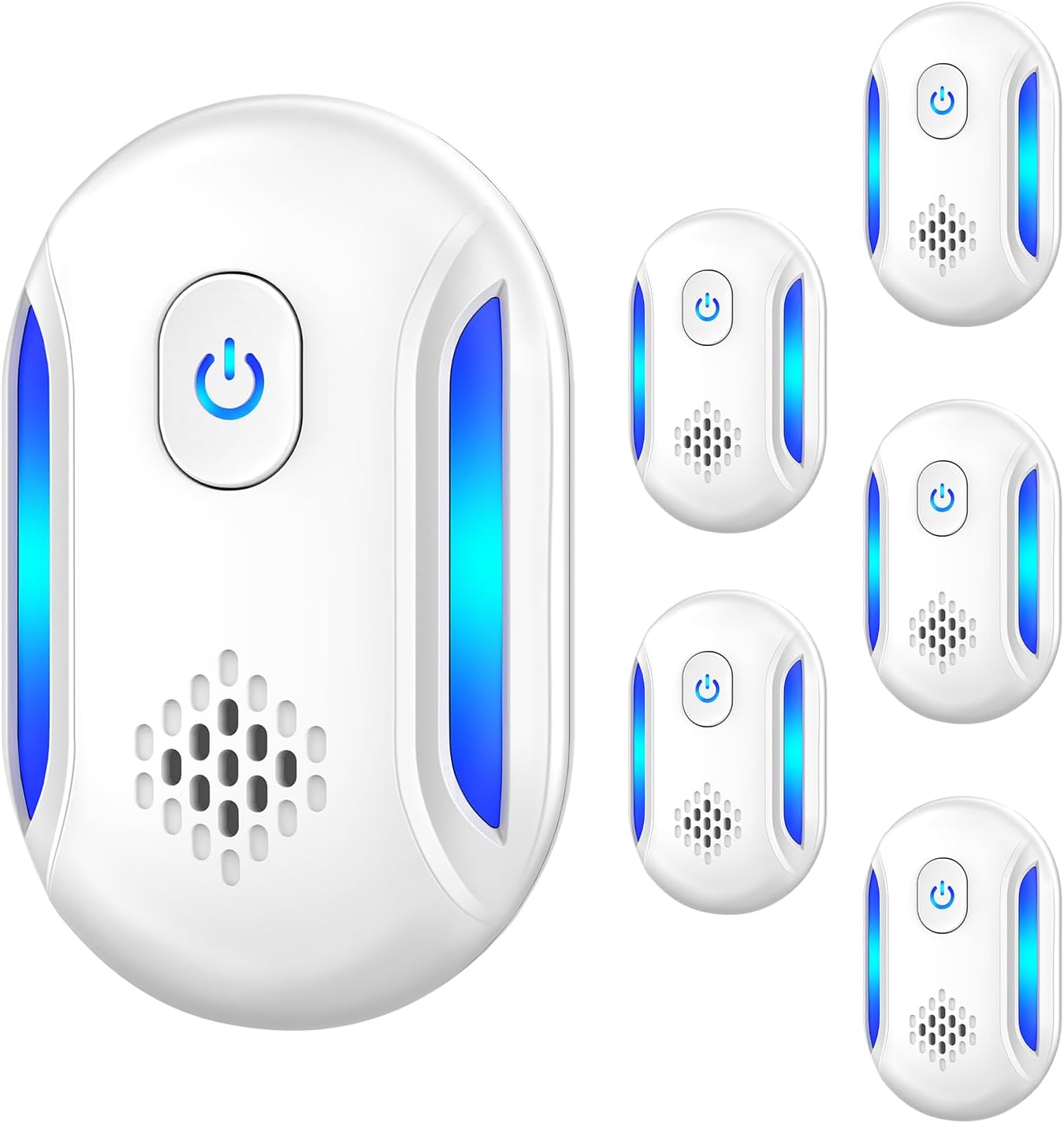
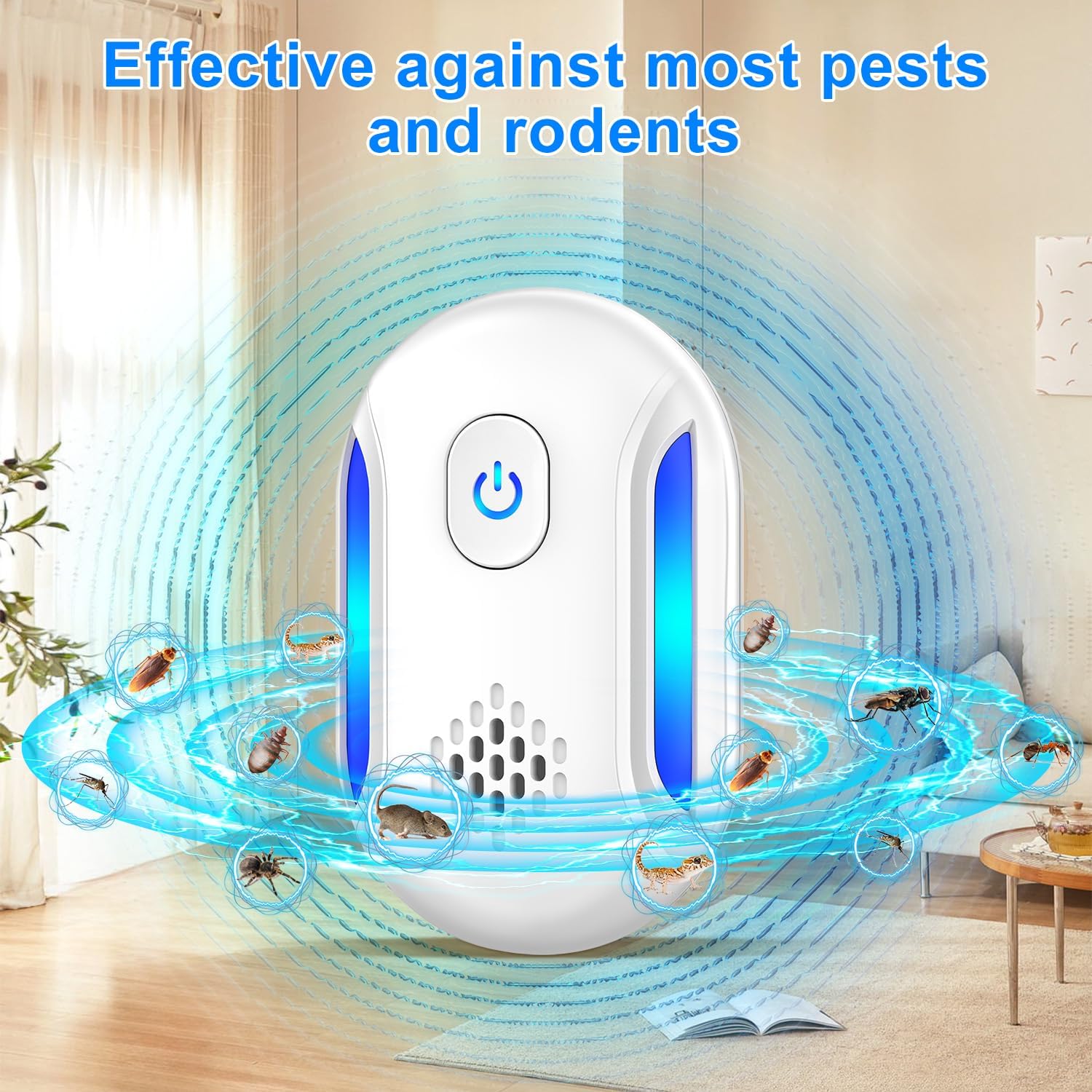
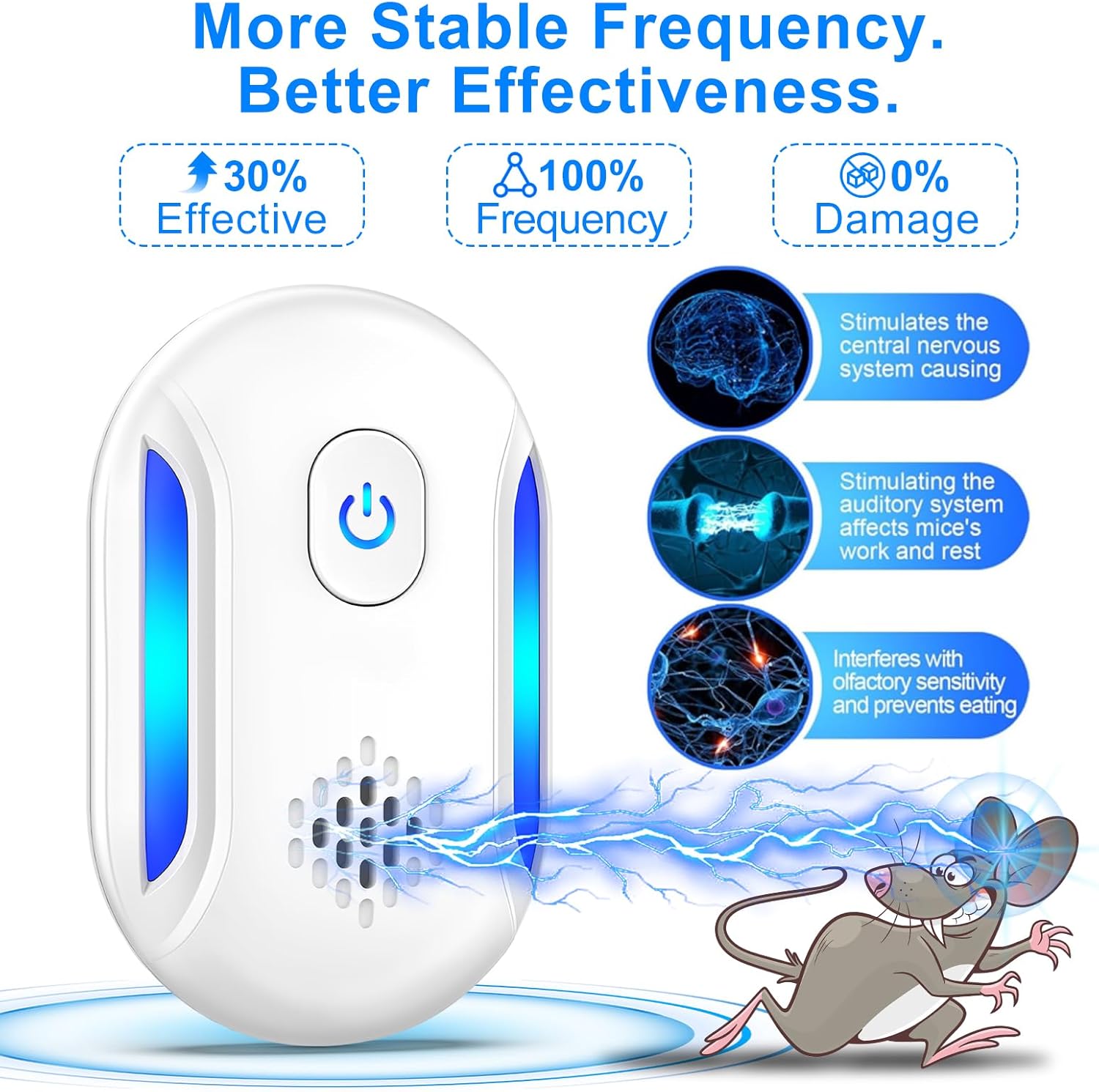
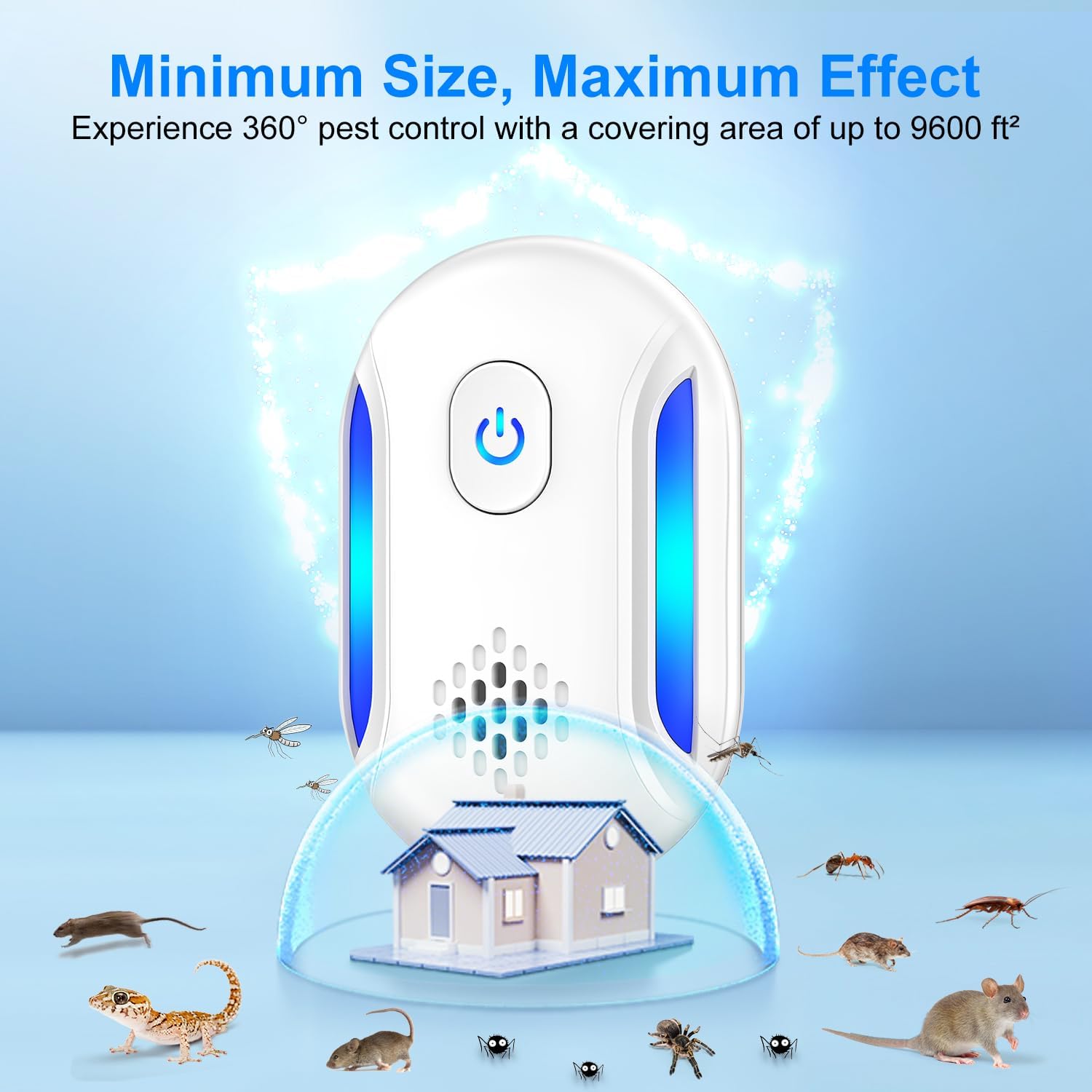
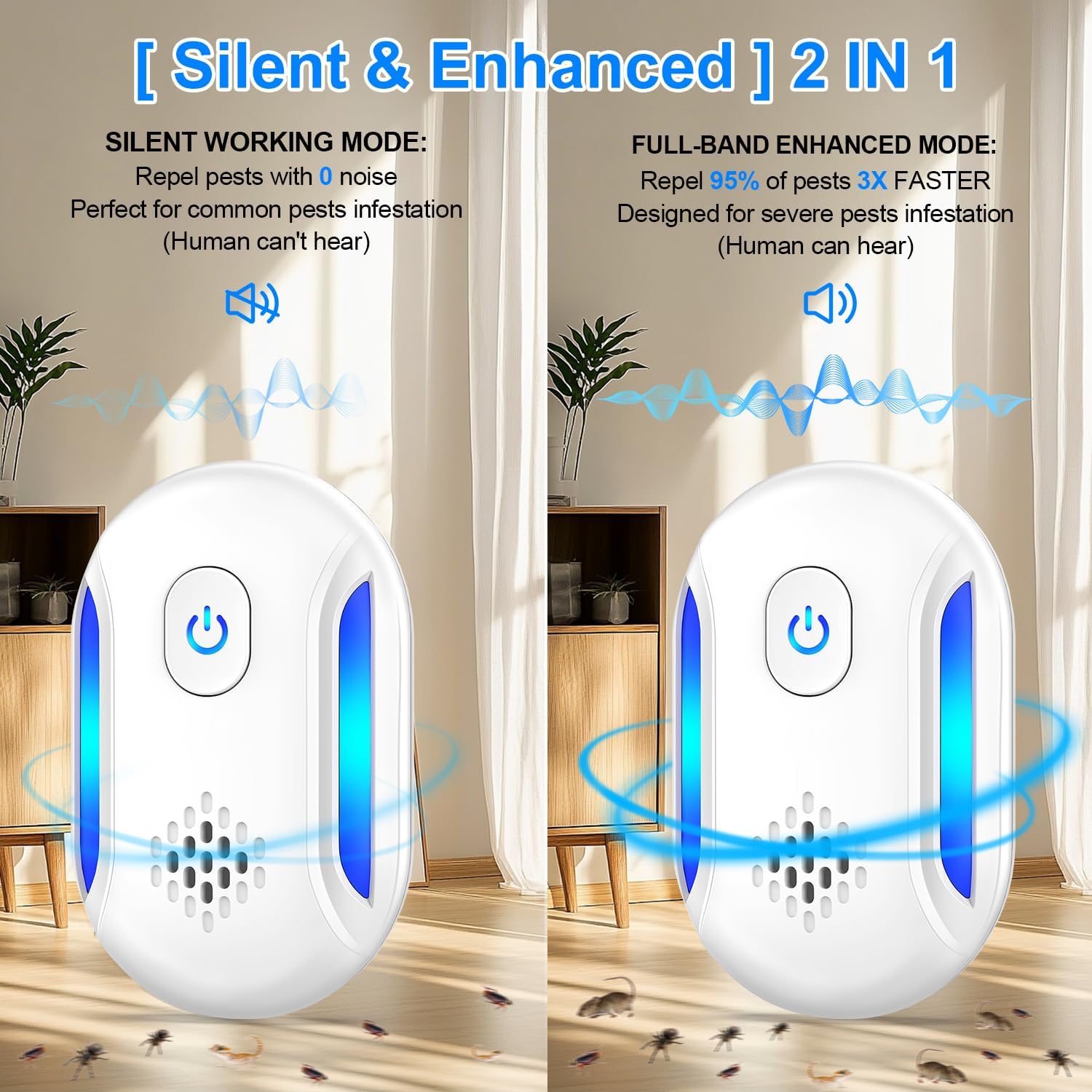
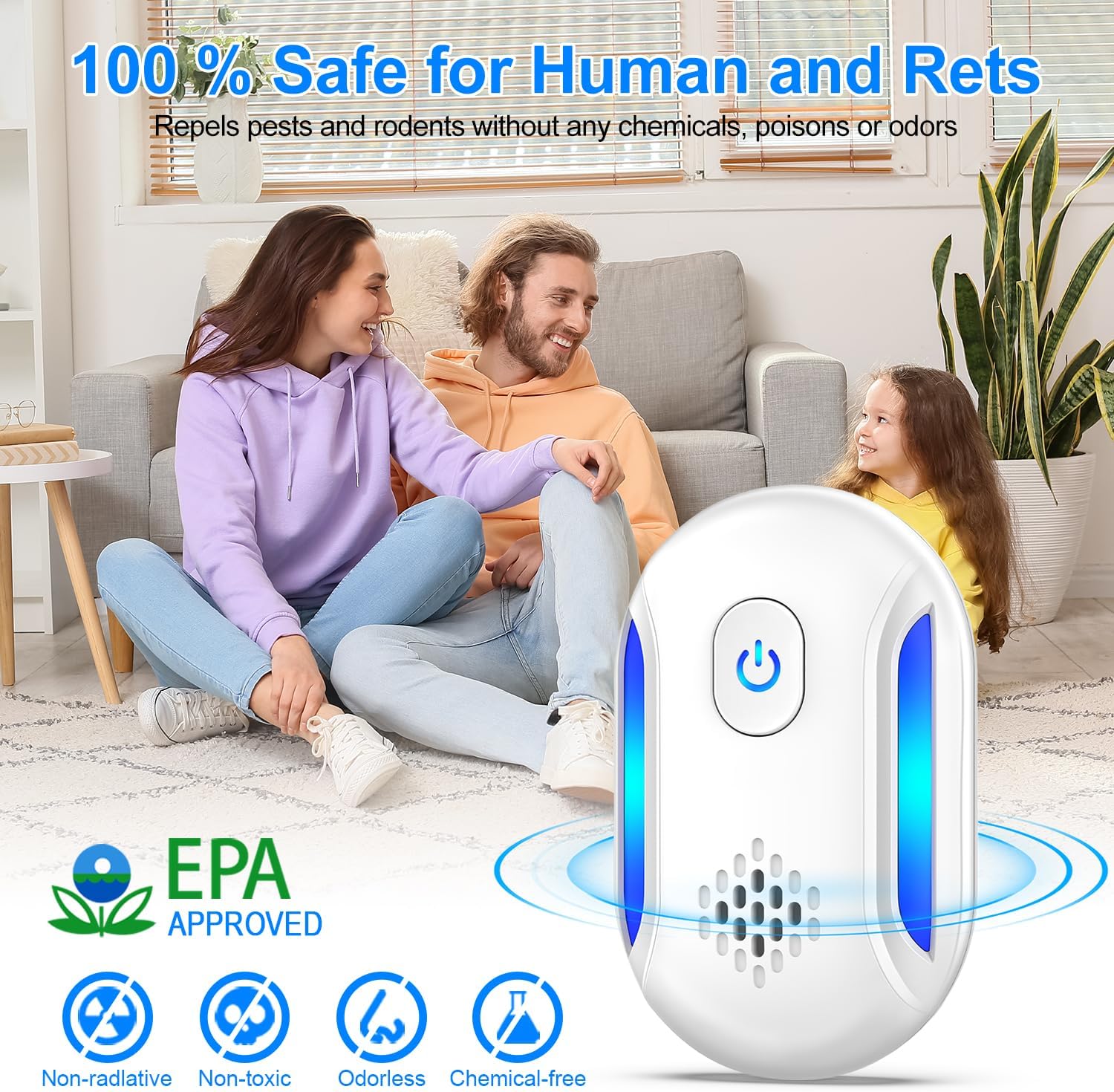
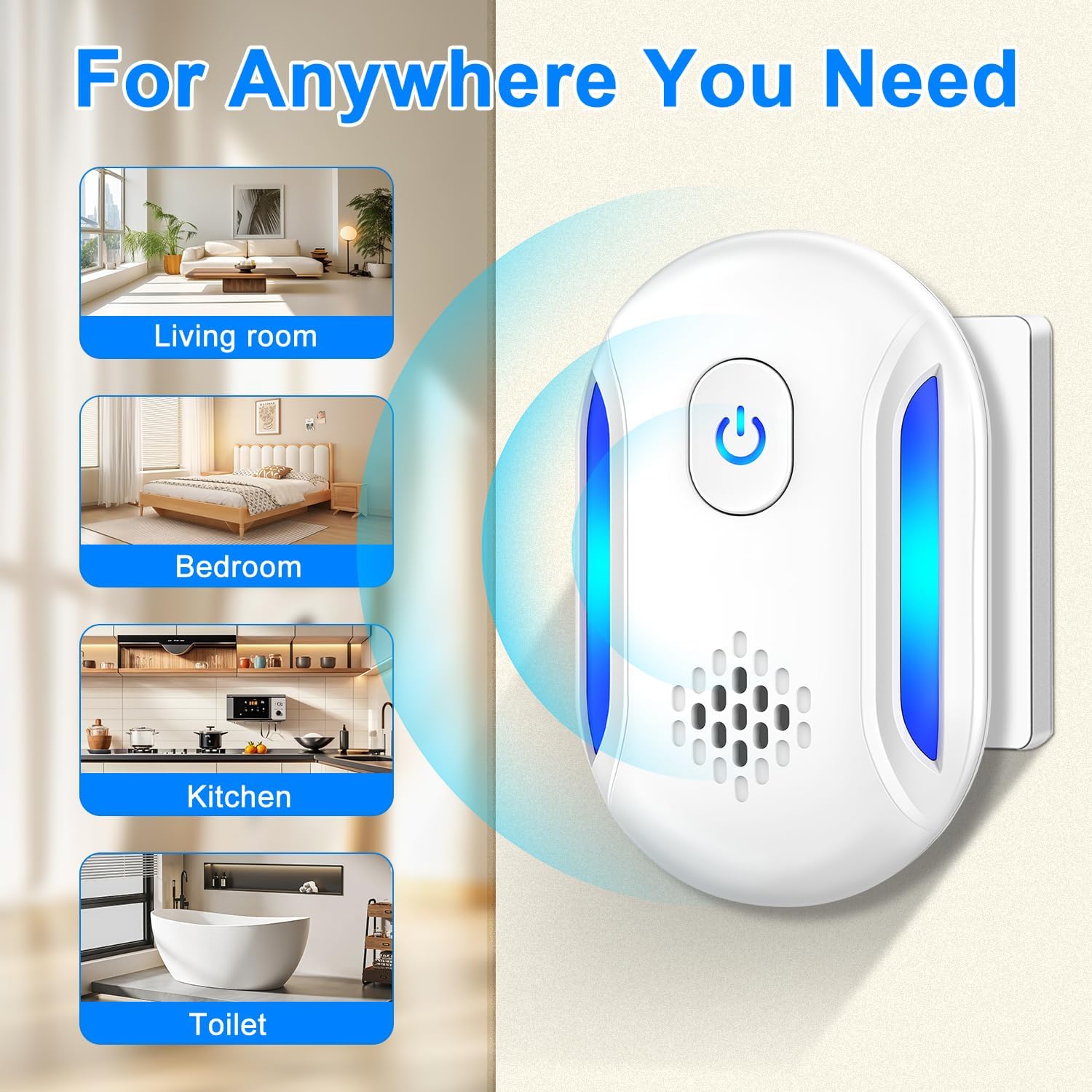
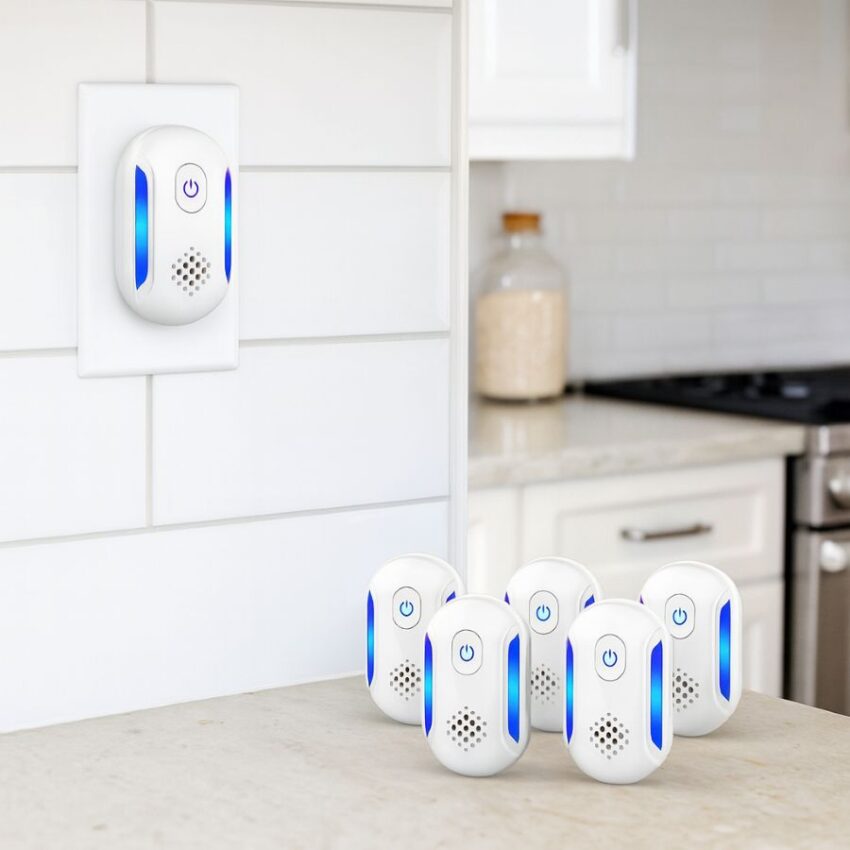
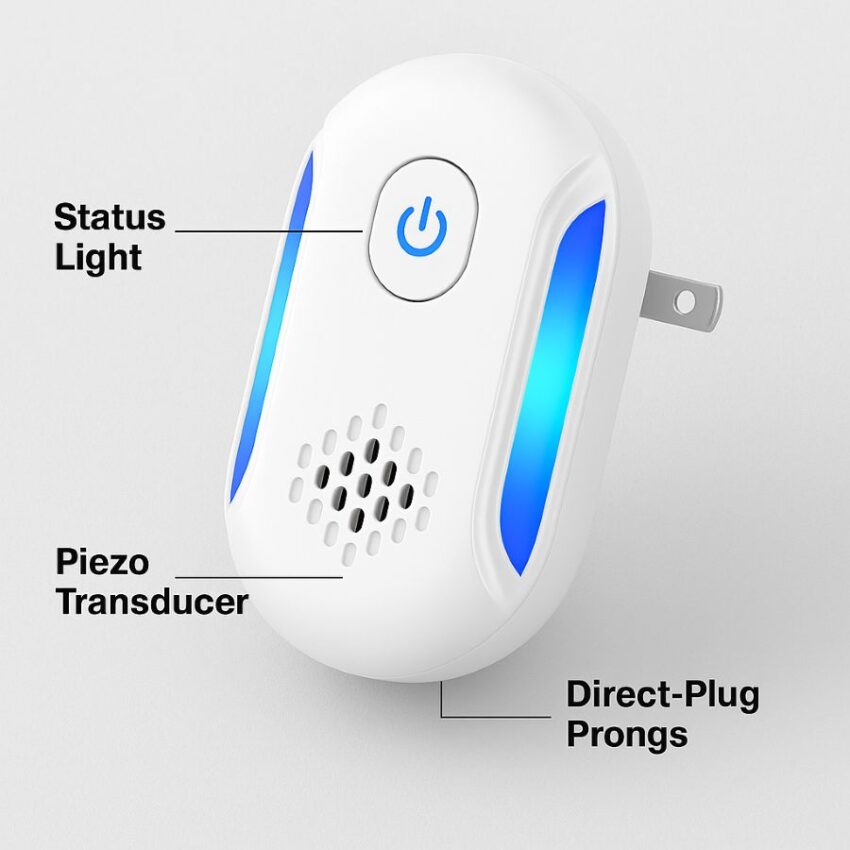
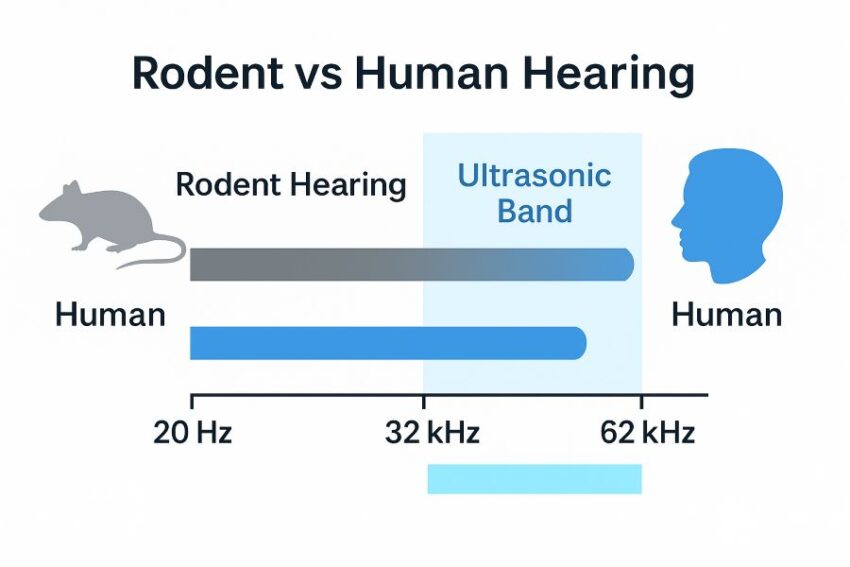
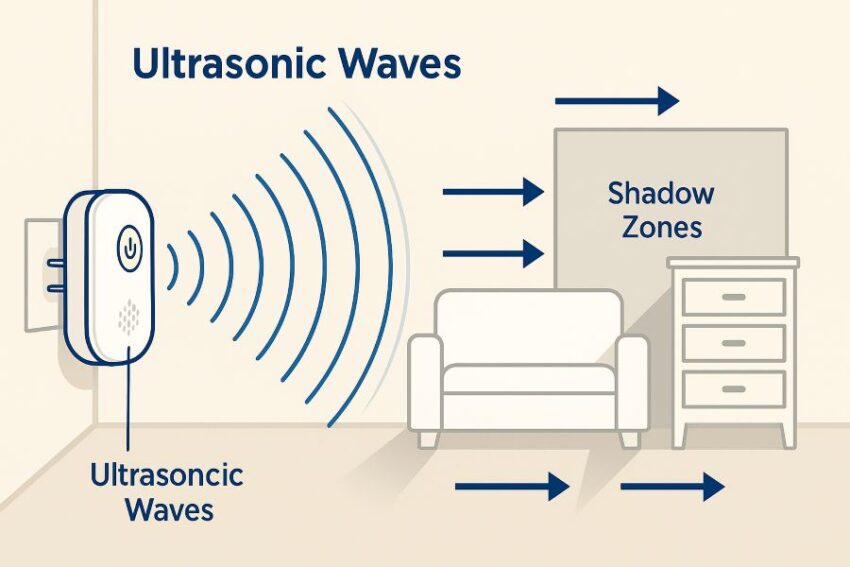
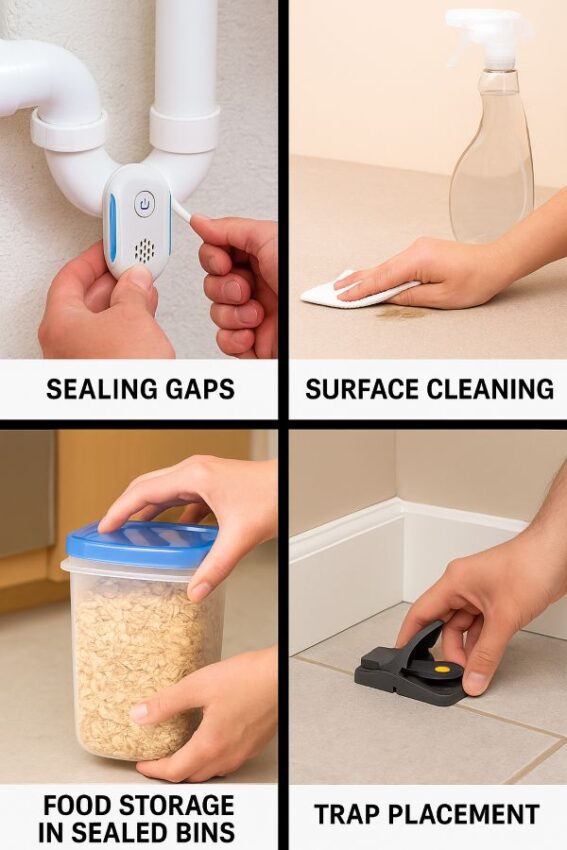
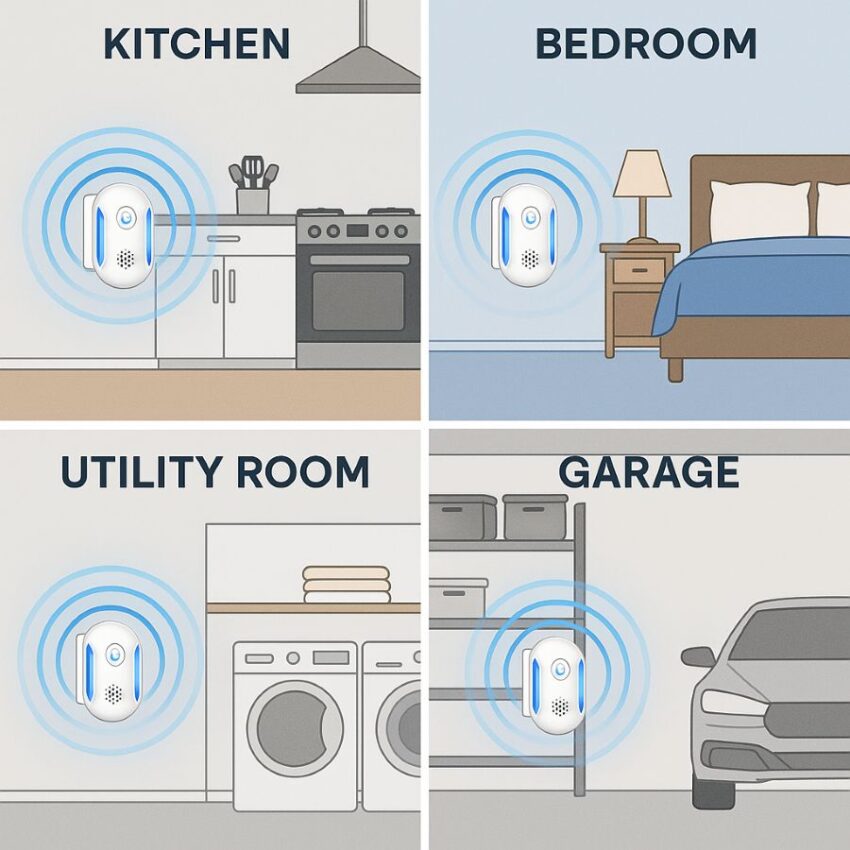
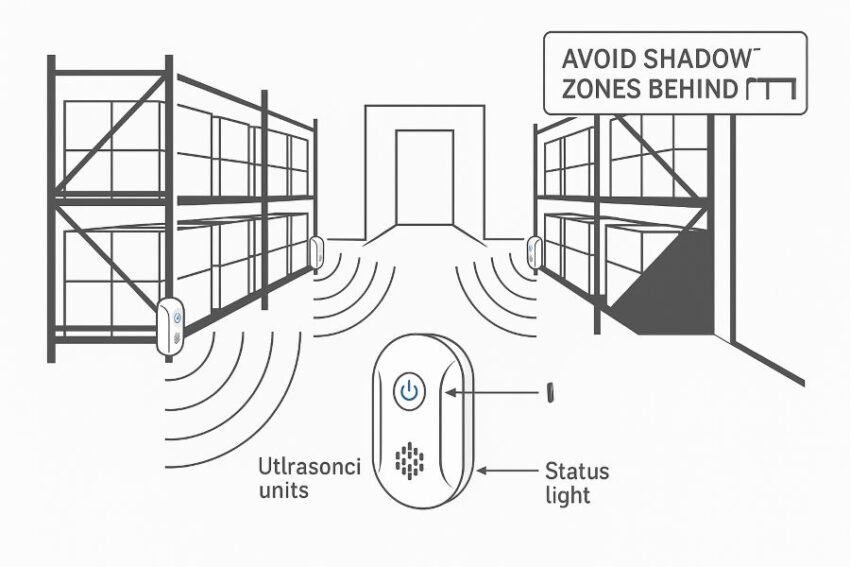
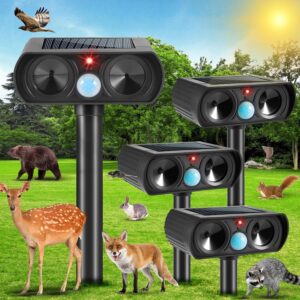
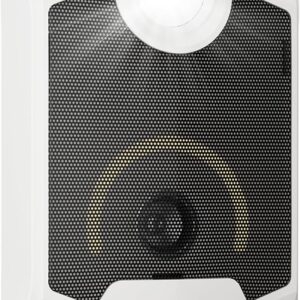
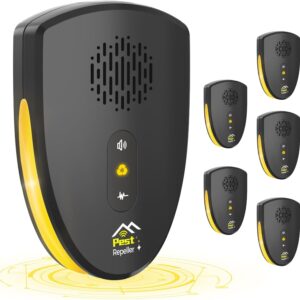
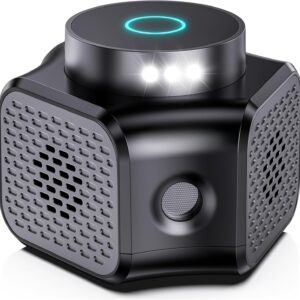
Reviews
There are no reviews yet.